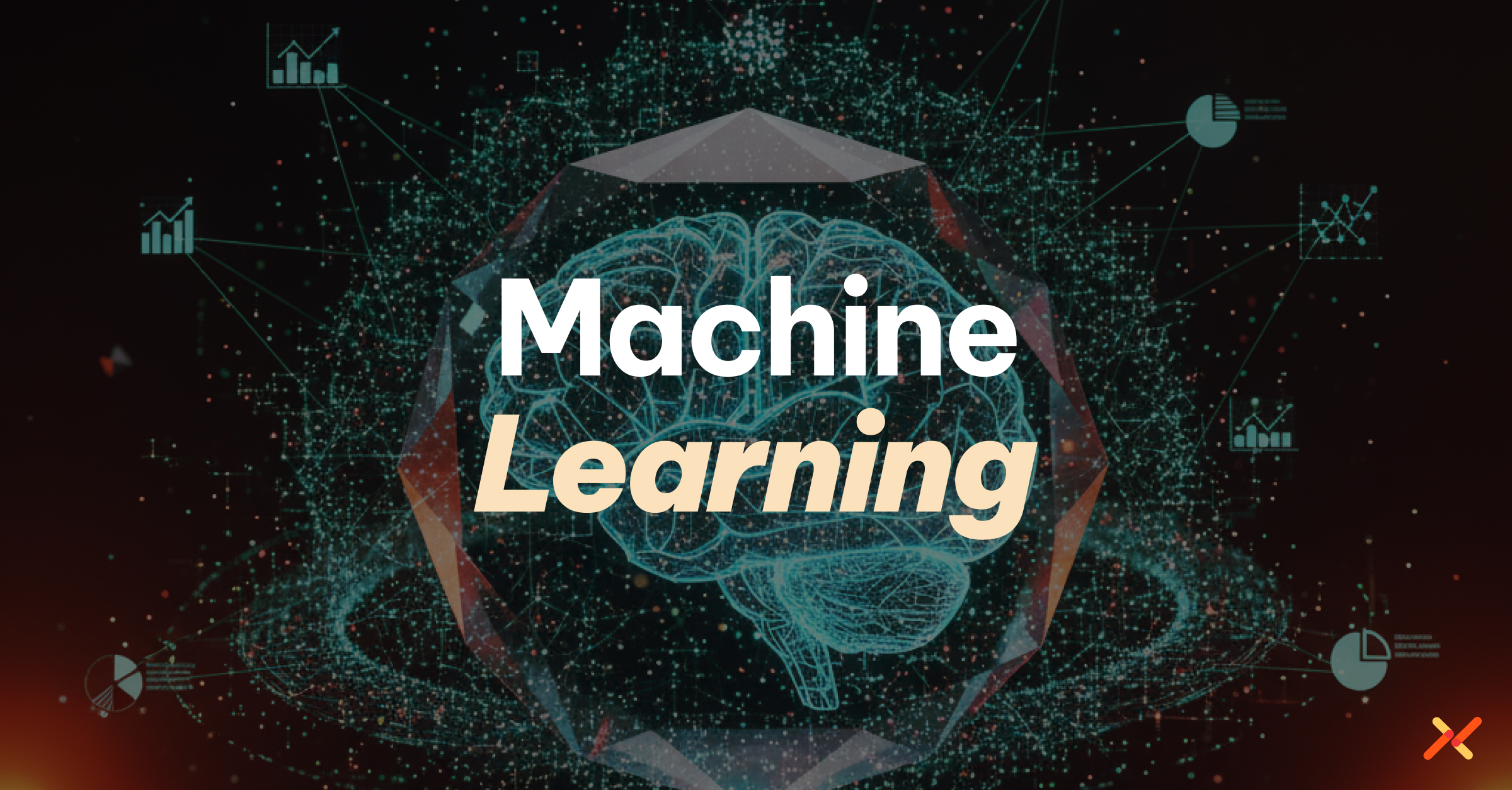Machine Learning (ML) is a subset of artificial intelligence (AI) that enables systems to automatically learn from data and improve their performance over time without being explicitly programmed. ML models identify patterns, make predictions, and support decision-making across a wide range of business and technical applications.
How It Manifests Technically
ML systems are developed and deployed as workloads that train, validate, and serve predictive models. In practice:
- Training pipelines process large datasets to generate model weights or decision trees.
- Inference endpoints expose those trained models as APIs for real-time predictions or batch scoring.
- ML workloads typically run across distributed cloud environments using frameworks such as TensorFlow, PyTorch, or Scikit-Learn.
- These pipelines interact with multiple systems, data stores, orchestration tools, and model registries, all requiring secure authentication and scoped access.
As a result, ML jobs and inference services behave as non-human identities that must be authenticated, authorized, and governed like any other workload.
Why This Matters for Modern Enterprises
Machine learning underpins many enterprise capabilities, from demand forecasting and fraud detection to cybersecurity analytics and intelligent automation. However, as ML pipelines grow more interconnected:
- The data they touch becomes more sensitive.
- The models they deploy become high-value intellectual property.
- The automation they enable introduces operational and compliance risk if identities are mismanaged.
Enterprises must therefore extend identity, access, and audit controls beyond human users to the ML systems themselves.
Common Challenges with Machine Learning
- Workload authentication: ML jobs, model registries, and inference endpoints often rely on static credentials to access datasets or APIs, lacking verifiable workload identity.
- Data exposure risks: Poorly secured training pipelines can leak proprietary or regulated data.
- Credential sprawl: Static API keys and service tokens proliferate across notebooks, scripts, and pipelines.
- Inconsistent access policies: Different teams or environments enforce their own ad-hoc permissions.
- Auditability gaps: It’s difficult to trace which model, version, or pipeline accessed which dataset or API at a given time.
How Aembit Helps
Aembit applies Workload Identity and Access Management (Workload IAM) principles to secure every stage of the ML lifecycle, training, deployment, and inference.
- It provides verifiable workload identities for ML jobs, model APIs, and data pipelines.
- It replaces embedded secrets with short-lived, scoped credentials or secretless authentication, ensuring least-privilege access to storage, compute, and APIs.
- It enforces policy-based access control that ties each model or pipeline action to authenticated identity and posture context.
- It logs every credential issuance and access decision, delivering full auditability across training and inference environments.
- By integrating with cloud trust providers and credential brokers, Aembit unifies ML access governance across AWS, Azure, GCP, and hybrid deployments.
In short: Aembit turns machine-learning systems into secure, governed workloads, eliminating static secrets, enforcing least privilege, and providing complete visibility into how AI models access data and infrastructure.
Related Reading
FAQ
You Have Questions?
We Have Answers.
What types of machine learning exist (beyond supervised learning)?
Machine learning isn’t limited to supervised training. Other types include unsupervised learning (where the model finds patterns in unlabeled data) and reinforcement learning (where an agent learns by trial-and-error via rewards).
When might machine learning fail or under-perform in production?
ML can under-perform if the data used in training doesn’t match real-world conditions, if the model suffers from overfitting (too tailored to training data) or data leakage (using information during training that wouldn’t be available at inference).
How do organizations validate and monitor ML models once deployed?
They establish metrics (accuracy, recall/precision, latency), track model drift (changes in data or behavior over time), enforce versioning (which model/version was used), and implement audit logs tying inference requests to specific models and identities. This links tightly to your identity-/access-governance theme.
How does ML security differ from traditional application security?
With ML workloads there’s an extra layer of risk: the data and model artifact themselves become high-value assets. Risks include:
- Exposure of training data or labels (which may be sensitive)
- Unauthorized model retrieval or tampering
- Static credentials or tokens embedded in pipelines
These extend beyond code security into model-artifacts, dataset governance, and identity for model execution contexts.

